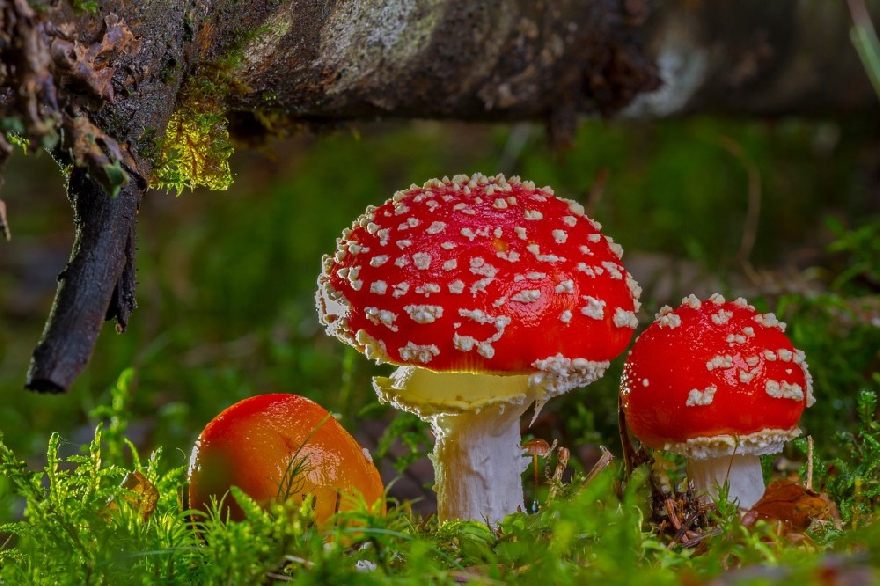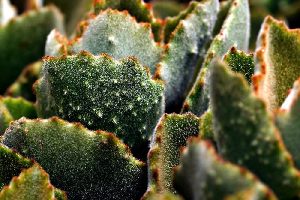What are psychoactive plants?
Psychoactive plants are plants that contain chemical compounds that affect the central nervous system of humans or other living things and can have mind-altering effects. These psychoactive substances can produce a variety of effects, including euphoria, hallucinations, altered perception, relaxation, or stimulation.
Some of the most well-known psychoactive plants are:
1. Cannabis (Cannabis sativa): The main active compounds in cannabis are tetrahydrocannabinol (THC) and cannabidiol (CBD). It is used for its relaxing and psychoactive properties. 2. Psilocybin Mushrooms (Psilocybin Mushroom Species): These mushrooms contain psilocybin, a substance that is converted to psilocin in the body. Psilocybin mushrooms are often used for their hallucinogenic effects. 3. Peyote Cactus (Lophophora williamsii): Peyote cactus contains the alkaloid mescaline, which has powerful psychedelic effects. It is used by indigenous peoples in religious and spiritual ceremonies. 4. Ayahuasca (Various Combinations of Plants): Ayahuasca is a herbal brew typically made from the vine Banisteriopsis caapi and various other plants. The active ingredients contained, in particular DMT (dimethyltryptamine), cause intense psychedelic experiences. 5. Salvia divinorum: This plant contains the hallucinogenic triterpene salvinorin A. It has strong psychoactive effects and is often smoked or taken orally.
It is important to note that the use of psychoactive plants is regulated differently by region and by law. Some psychoactive plants may have legal restrictions and improper use may pose health risks.











